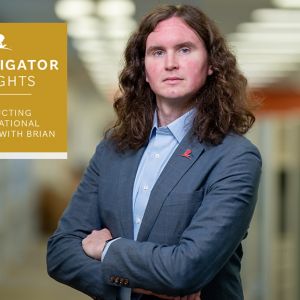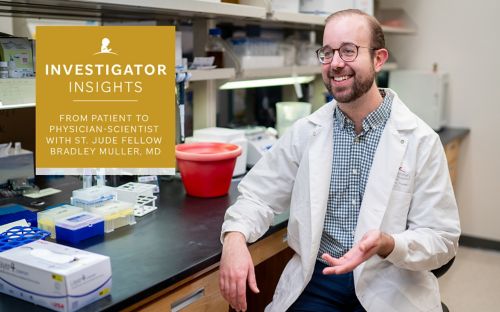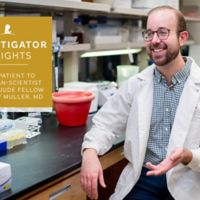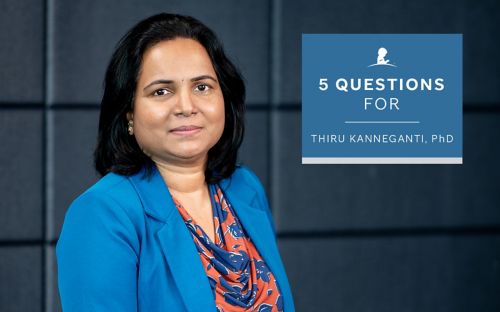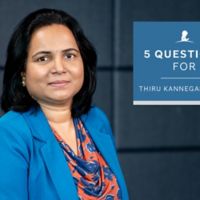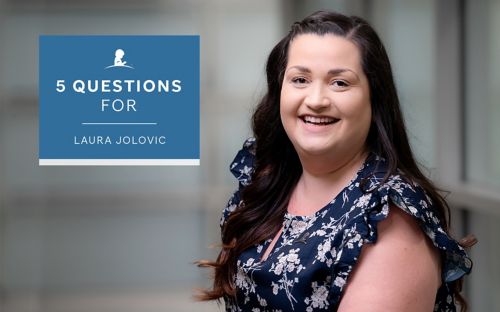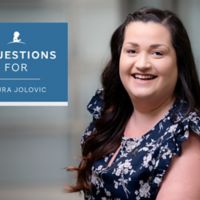Investigator Insights: Conducting Computational Research with Brian Abraham, PhD
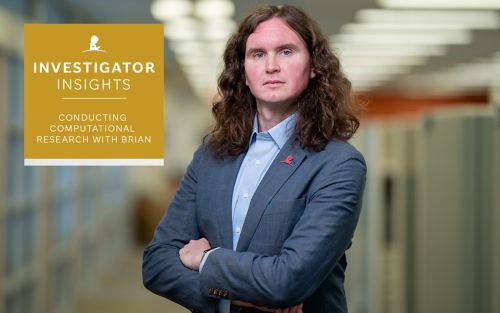
Brian Abraham, PhD, shares how he conducts computational research in his laboratory within the Department of Computational Biology at St. Jude.
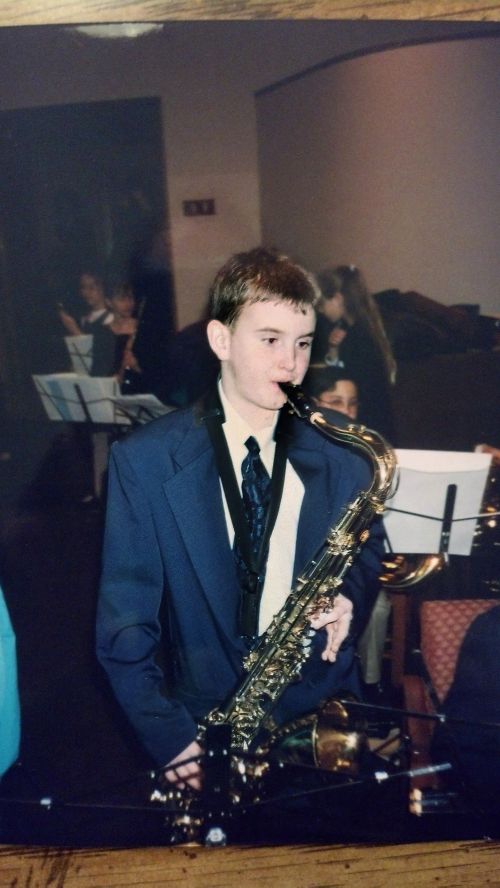
Brian Abraham, PhD, plays the tenor saxophone in a middle school performance.
When I was 10 years old, I switched from playing the alto saxophone to the tenor, mainly because no one else in the band was playing it. By the time I got to high school, I found the tenor’s flexible position in the ensemble offered unique insights into the structure of the compositions we would play. Sometimes, I would play counterpoint with the bassline; other times, I would harmonize with the higher-pitched clarinets; still others, the music featured the multi-timbre saxophone section together. I enjoyed the instrument’s versatility and how different contexts allowed me to serve different roles in relation to others.
Across my research training and now in my independent lab, I still find that my role in a team project — where I sit relative to other players — greatly impacts my experience and the team’s outcome. I’ve seen metaphors about the scientific enterprise that invoke musical ensembles; many of them ring true.
Every ensemble member needs to be an expert in their own instrument and part, but the best musicians can hear across the group how their notes fit into the larger piece. Simultaneously prioritizing listening allows them to gauge when to play a supporting role and when to shine. No individual’s part ends up unimportant. In modern science, the diverse technologies that guide transformative findings need subject-matter experts that excel by integrating their expertise with others, following a common score in a larger scientific orchestra.
My career has often found me as one of a few (sometimes the only) computationalists in an orchestra of primarily wet-bench researchers. At St. Jude, I take the practical lessons I learned about collaboration as a trainee and cultivate a group of computational experts that tackle some of the most pressing biological challenges.
Despite some conceptions of what a computational biologist is, we do more than build opaque tools that count slightly faster and simply manage others’ datasets. We are leaders and co-leaders of biological research projects that can be fully contained in my group or span institutions. Our distinctive approaches as computationalists require us to concisely, accurately and systematically define and specify what we look for. This specificity forces all combined team members to think deeply about the quintessence of our shared hypotheses.
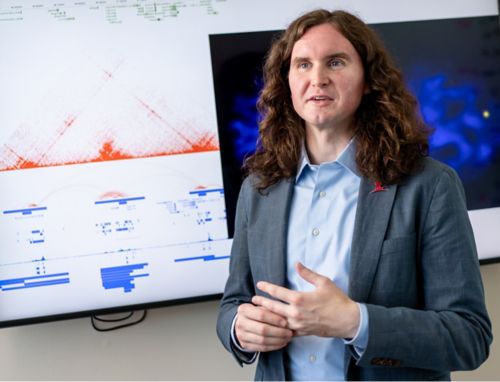
Brian Abraham, PhD, describes his distinctive approach to computational research that advances biological research at St. Jude.
Unfortunately, the metaphors connecting science and music often break when we examine the audience’s role. There is usually only one audience for a concert, whereas science has many audiences who might be active participants instead of passive observers. For example, my collaborators are a type of audience with interests and concerns that I learn through building relationships built on collegial trust. Other audiences are motivated differently, like how grumpy peer reviewers of our papers can provide valuable critiques but can also use the process to advance their own ideas. Concertgoers tend to heckle less.
Likewise, each audience for our research digests the same data in slightly different ways, so anticipating how an intelligent but subject-naïve audience may react is crucial to designing how we examine, distill and present the data. Trusting our collaborators and learning their thought processes helps us share our findings more optimally with them. What my team brings to the collaborative table depends on who else is at the table; there can be such a thing as too many violins, just as there can be too many coders. So, in addition to our computational expertise, my team brings deep knowledge in transcriptional mechanisms — how DNA is interpreted by each cell to manifest that cell’s duties and properties — because this is a major focus of my lab that complements the expertise of others. In each setting, I try to inculcate in my group members the ability to place themselves in the mind of a chemist or disease model expert to suppose what questions they might ask. These thought experiments can lead in truly insightful directions.
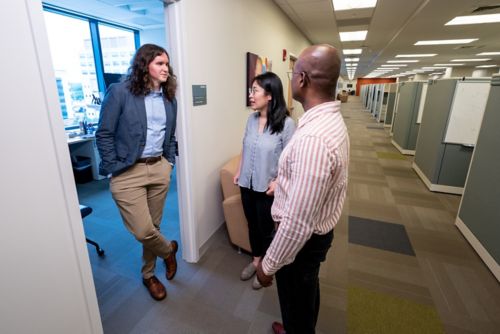
Brian Abraham, PhD, discusses current work with bioinformatics research scientists Yang Zhang, PhD, and Alaguraj Veluchamy.
When I became an independent researcher, I transitioned from sitting in the ensemble to conducting one of my own, and the conductor’s podium dramatically changed my soundscape. I’m now the one trying to forge inter-lab projects where my team and I can help solve problems bigger than us by leveraging coding abilities alongside our fundamental knowledge of transcription biology. Though the papers are still forthcoming, we have teamed with multiple groups at St. Jude and beyond to probe how core regulatory circuits (the networks of genes, enhancers and transcription factor proteins that drive a cell’s identity) and super-enhancers (spatially organized clusters of enhancers that regulate expression of unusually important genes) operate to manifest normal or diseased cell properties.
Multiple factors have conspired to keep me from picking music back up, but perhaps the biggest is that the groups I enjoyed playing in are just harder to find. I was never one to spend hours woodshedding a scale or honing my intonation alone, instead preferring the gives-and-takes of groups. But I still get to employ the skills these ensembles drilled into me in the scientific realm — listening to my comrades, identifying their needs and working together to achieve worthy goals.
Learn more about Brian
- Explore Brian’s research
- ICYMI: Brian was named to the 2022 Highly Cited Researchers list
- Follow the Abraham Lab on Twitter
